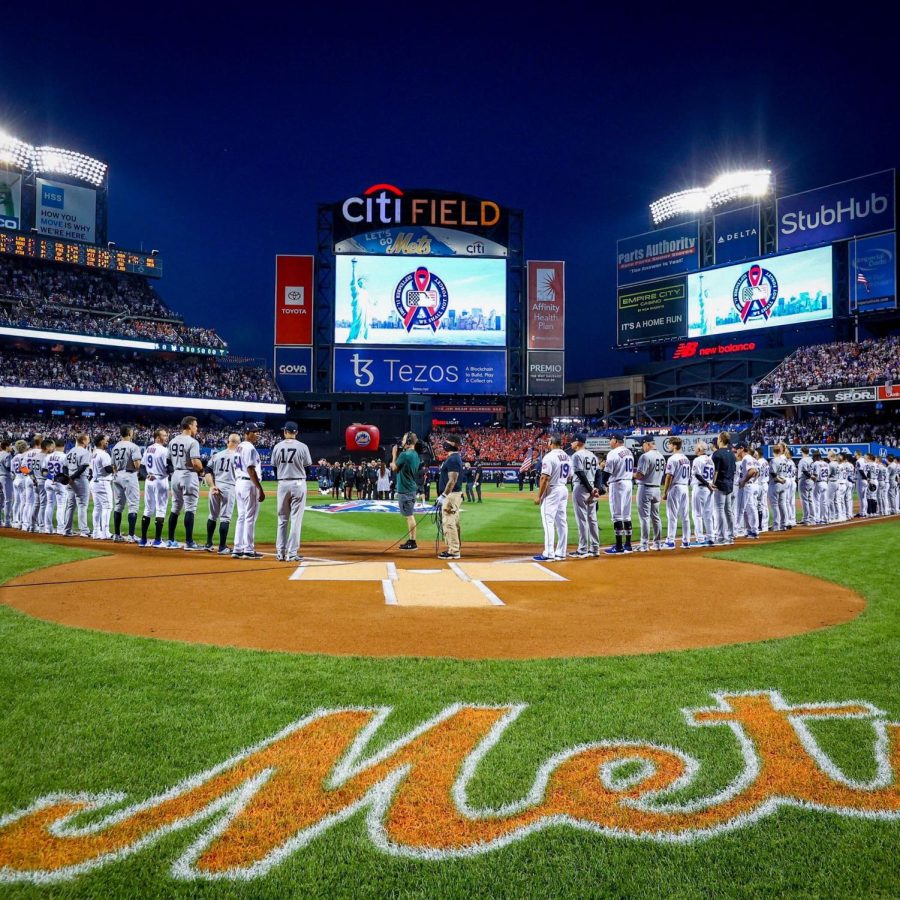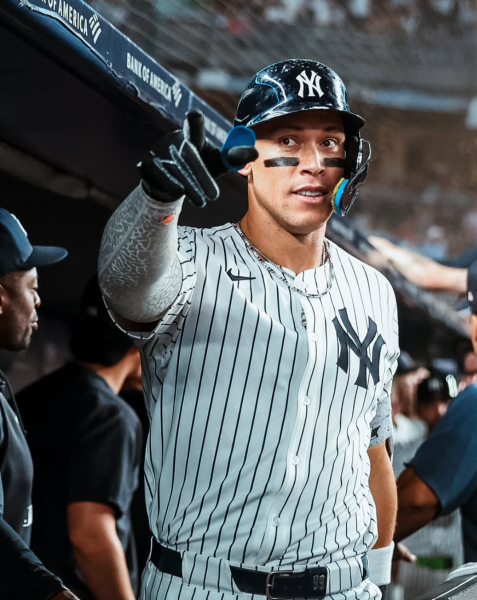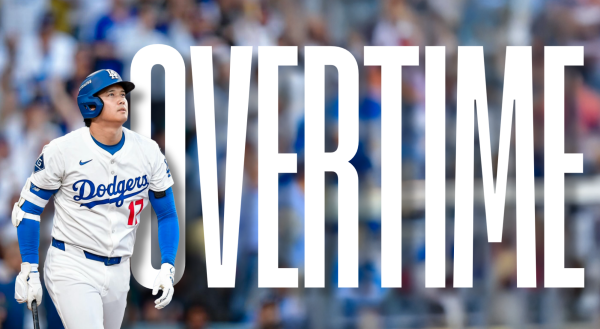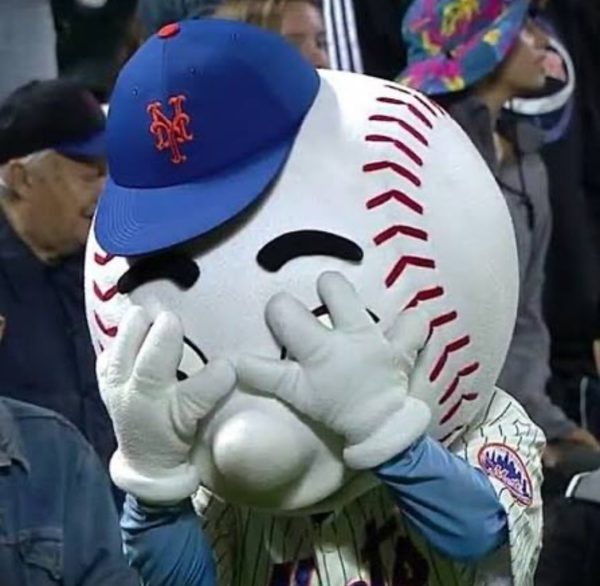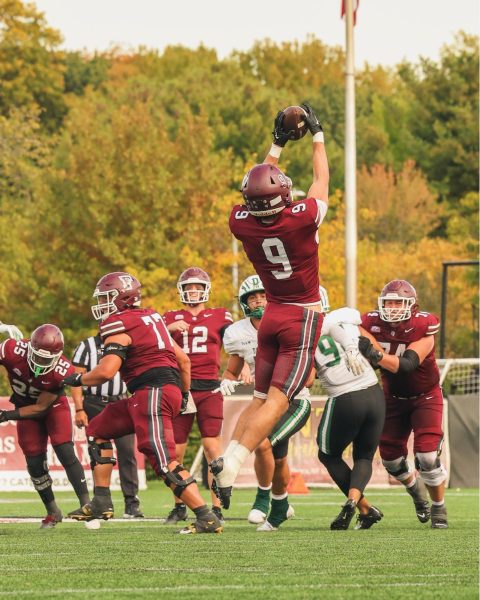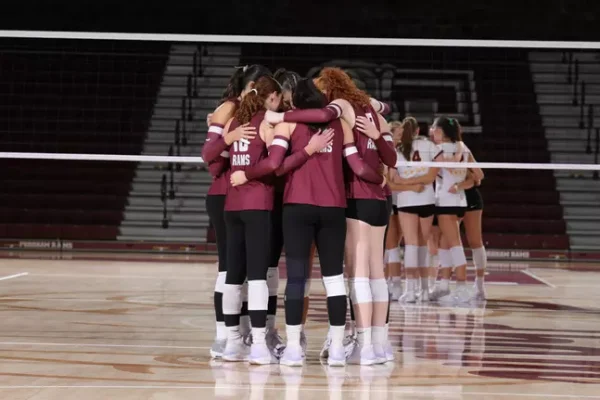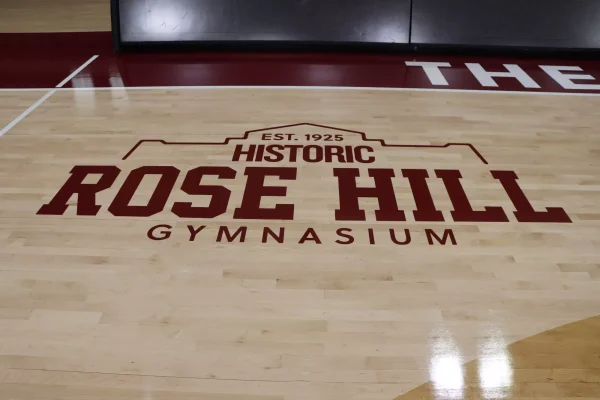A Subway Series in the World Series is a Reality that Grows by the Day
With both New York teams tops in the American and National League, and the Subway Series set to begin on Tuesday, this could serve as a potential World Series preview.
The first half of the Major League season has officially ended and so have all of the All-Star festivities. Presently, both the New York Mets and New York Yankees are at the top of their respective divisions. While both groups have battled through some peaks and valleys during the first part of the campaign, it is undeniable that they both experienced particularly strong starts that have bolstered them into serious playoff contention.
For New York, this is a rare occurrence. It is not often that both teams are playing this well. The last time both the Mets and Yankees were in the postseason was 2015, and the only occasion the crosstown rivals ever battled it out in the World Series was all the way back in 2000. That particular Fall Classic is remembered as the true “Subway Series”, and the road to it is certainly worth a deep dive now that fans have already begun to dream about a second installment in 2022.
The 2000 Mets are fondly remembered by those who cheer for the orange and blue. They were not an outrageous juggernaut like the infamous 1986 team. Players, such as Mike Piazza, Todd Zeile, Robin Ventura, Edgardo Alfonzo and others made up a lineup that can best be characterized as “timely.” In truth, the “Millennium Mets” were streaky at the plate. Among NL teams, they ranked 5th in on base percentage and only 10th in batting average. Much like this year’s iteration, they found ways to get on base and had key players step up in crucial situations. The now Hall of Fame catcher, Piazza, led the charge. He recorded 38 home runs and 113 RBI’s, while boasting a .324 batting average. The aforementioned second baseman, Alfonzo, produced a WAR of 6.4 during the magical season, and was first on the team in on base percentage. Role players, like Jay Payton, Benny Agbayani and Joe McEwing also had shining moments that enabled the team to produce enough runs to consistently win ball games.
All things considered though, the true strength of the 2000 Mets was pitching. The team held the third best ERA in baseball and had a two-headed monster at the top of the rotation in Al Leiter and Mike Hampton. The twosome held ERA’s of 3.20 and 3.14, respectively, and combined for 31 wins. Other arms in the rotation included Rick Reed, as well as Bobby Jones, who delivered a series clinching “one-hitter” in game four of the NLDS against the San Francisco Giants. The bullpen was also a more than serviceable group that included veteran John Franco and flamethrower Armando Benitez. The Mets reached the postseason as a Wild Card, and went on to beat the Giants and the St. Louis Cardinals en route to a World Series matchup with the defending champion Yankees. Both playoff matchups showcased exactly why the 2000 Amazin’s were truly special.
The Giants won the most games in baseball and were a force to be reckoned with. They took an early 1-0 series lead against the Mets in the Division Series. New York fought back to win the next three games, two of which were extra-inning thrillers. The 2000 Cardinals were no joke either. Power bats such as Mark McGwire presented a unique challenge to the Mets pitching staff. However, when the pitching lagged in the series, the bats picked up the slack. Bobby Jones surrendered six runs in his game four start, but Alfonzo, Piazza, Ventura and others all drove in runs to secure a 10-6 Mets victory that would enable them to win the Pennant in game five. Even when the matchup was not advantageous, Flushing’s finest rose to the occasion and gutted out seven postseason wins to make their first World Series appearance since 1986.
Admittedly, the story of the 2000 New York Yankees is far less romantic. However, it may be more pragmatic. At that time, the Pinstripes were the two time defending champions and well established as a working dynasty. “The Core Four” of Derek Jeter, Mariano Rivera, Andy Pettitte and Jorge Posada all experienced their typical level of success during the vast majority of the regular season. Jeter led the Bombers in batting average. Posada had the highest on base percentage. Petite recorded a team high 19 wins. Mo dominated with an ERA of 2.85 and 36 saves. Other key players, such as David Justice, Tino Martinez, Paul O’Neil and Bernie Williams also enjoyed a fruitful summer, but an abysmal month of September made a third straight championship seem far from a given. Fatigue set in for older players that had helped the young stars thrive during the early years of the dynasty. The team went 13-17 in that final full month, and limped into the Postseason with an 87-74 record. Luckily for the Pinstripes, they saved their best for October.
It’s easy for one to simply say the Yankees steamrolled their way to four championships in that “late ’90s era.” However, upon further examination of the 2000 squad’s playoff run alone, one will quickly realize that the Yanks faced their fair share of obstacles along the way. They were first tasked with facing the Oakland Athletics in the ALDS. The A’s were a scrappy bunch that featured players like Jason Giambi, Eric Chavez and Ben Grieve that could all slug for big power numbers. Oakland was second in RBI’s and primed to make a deep October run. The series was hard fought, but New York was eventually forced into a winner take all game five after dropping game four at home by an embarrassing mark of 11-1. In game five, experience provided the spark. A six-run first inning and a three-RBI night from the veteran Martinez helped propel the Yanks to a 7-5 win and a date with the Seattle Mariners in the ALCS.
The 2000 Mariners were not pushovers either. Alex Rodriguez, Edgar Martinez and Jay Buhner were just three of the names that New York’s pitchers had to face in the fight for the Pennant. After falling by a score of 2-0 in game one, Orlando Hernandez, Andy Pettitte and Roger Clemens each made stellar starts to take a 3-1 series lead. Even after failing to take game five, New York had full momentum entering a pivotal game six at Yankee Stadium. There, the Bombers would win a 9-7 slug fest and get set for a World Series that lives on in New York lore to this very day.
Game one of the 2000 Fall Classic was a “wait it out” type of event that ended with the Yankees grabbing both a win and momentum in the series. The Metroplitans battled to a 3-2 lead, and sent Benitez in to finish off the Bombers. He retired the first batter he faced, but ended up loading the bases and allowing a game-tying sac fly. Even though Benitez didn’t take the loss, the game went into extras. The Yankees waited it out, and experience paid dividends. In the bottom of the tenth, Mets reliever Turk Wendell gave up a walk-off single to utility man Jose Vizcaino.
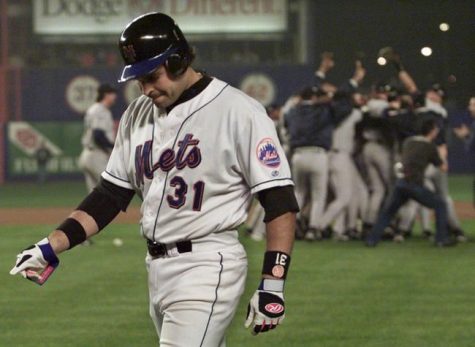
The rest of the series followed a somewhat similar pattern. The Pinstripes attacked when they needed to, and did just enough to sneak by their crosstown rivals. In game two, the Yankees rocked Mike Hampton, took a commanding 6-0 lead, and tick-tack-toed their way to a 6-5 win. The Mets won game three thanks to a stellar performance from starter Rick Reed, but ultimately lost the Subway series after the Bronx’s best won games four and five with a combination of timely hitting and experienced pitching. Al Leiter did all he could on the bump to keep the Amazin’s alive in game five, but fortune favored the opposition that brisk night at Shea Stadium. It was the Yank’s third championship in a row and fourth in five years. Derek Jeter took home MVP honors for hitting .409 with two home runs and 2 twoRBI’s.
Overall, most baseball fans do not think of the 2000 Subway Series itself as a “classic battle.” However, New Yorkers think of the matchup quite differently since they had a front row seat for all 324+ games. Those Mets and Yankees teams captivated the city’s imagination for an entire summer. The end result may not have been spectacular, but each club’s story lives on in history as a reminder of just how special New York sports can be.
So, while it may be foolish to preemptively predict a 2022 Subway Series, one should pay close attention to the second half of the Mets’ and Yankees’ seasons. It is rare they are both towards the top of the heap. Blink, and you may miss a remarkable chapter of New York baseball.





































































































































































































